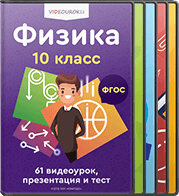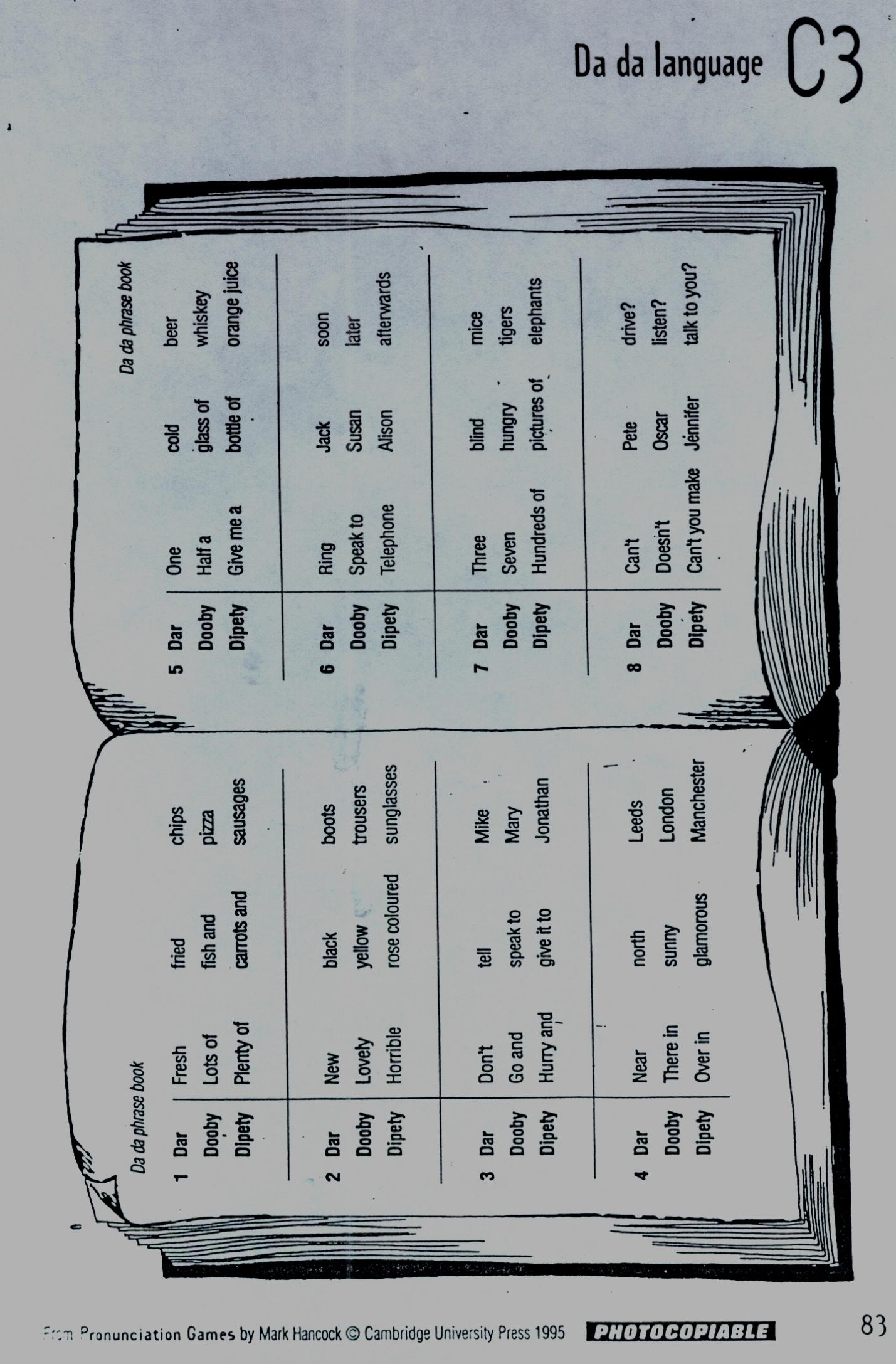Aims:
practical: to develop communicative skills, using active lexis on the topic; to train in listening comprehension;
educative: to teach students working in groups and pairs (interactive forms); to motivate them in expressing their own opinions and views on the topic;
social: to develop in students the culture of healthy way of life, eating useful foods and taking care of their health.
Means of Teaching: a computer, items of foods in the pictures, the lists of the words on the topic, the tables of “Da - da language” (See Appendix 1), the game “Domino” (See Appendix 2).
PLOT
I. Introduction.
1. Greeting. T: Dear friends! I’m very glad to see you at our lesson. How’re you? I want you to be in high moods at the English lesson. P1, what about you? Aren’t you OK? What did you have for today’s breakfast?
P1: A plate of buckwheat cereals.
T: Who cooked it?
P1: My mother did. / I did. Etc.
T: How did you (your mother) cook it?
P1:….
T: Is it healthy food?
P1Buckwheat cereal is healthy food. But it may be harmful in large dosages. But I don’t eat it much.
Etc.
T: What food do you usually eat to be in a high mood?
P2: Chocolate because it promotes producing hormones of joy and happiness.
Etc.
2) Plan of the lesson. T: Today we speak on food and our health.
II. Main Part.
1) Revision of Students are united into three groups. Each of the active vocabulary in them is given the task: the list of the items of foods on them group work
They are to choose the pictures and say if the food is healthy (4 min. ) or not.
Example: P1: It’s a banana in the picture. The banana is healthy.
P2: It’s ice - cream. The ice - cream is healthy in little dosages.
Etc.
2) Pronunciation a) Da - da language 1) Translate from Da - da language into
drills English.
( 4 min. ) 2) Translate from English into Da - da language
3) Make up your own word - combinations and
translate them into Da - da language.
b) Make up sentences using schemes on the blackboard.
3) Relaxation. T: Dear friends! Where is food usually taken?
( 2 min. ) P1: At cafes.
P2: At restaurants.
P3: At home.
Etc.
T: I fully agree with you. Let’s sing the song “Polly, put the kettle on”.
4 )Pair work: T: Make up dialogues working in pairs to ask or offer some food.
making up The exposition and the program are written on the blackboard:
dialogues Example. The exposition: I’m hungry.
on an The program: affirmation exclamation question affirmation (5 min. )
P1: I’m hungry.
P2: It’s a pity! /Poor you!
P1: Will you have a proper meal or a snack?
P2: I’m hungry, too. /I’ve just had dinner.
Etc.
5) Relaxation T: Let’s check up if you know the table lexis. For this we play the Domino game “Domino”.
(5 min. ) Students are united into some groups. They are to play Domino
making up mini - dialogues.
6) Developing T: Express your own views concerning the table manners in the
thinking skills picture.
(5 min. ) Students are given a picture that shows people at the table to discuss
their table manners.
7) Developing Students are united into three groups. Each of them is given the
interactive task: to play in roles on the topic:
communication a) In a Restaurant;
(7 min. ) b) At Home;
c) At a Takeaway.
8) Checking up T: You were to make up the menu on your day (for breakfast, dinner the home task and supper). Exchange your exercise - books. Now imagine you are (5 min. ) famous and well - educated doctors (dietitians). You know much about healthy foods. Comment on your friend’s foods and give necessary advice.
Весь материал - смотрите документ.

 Получите свидетельство
Получите свидетельство Вход
Вход





 n an The program: affirmation exclamation question affirmation
n an The program: affirmation exclamation question affirmation 














 Конспект урока по английскому языку "Table Manners" (0.79 MB)
Конспект урока по английскому языку "Table Manners" (0.79 MB)
 0
0 954
954 242
242 Нравится
0
Нравится
0


